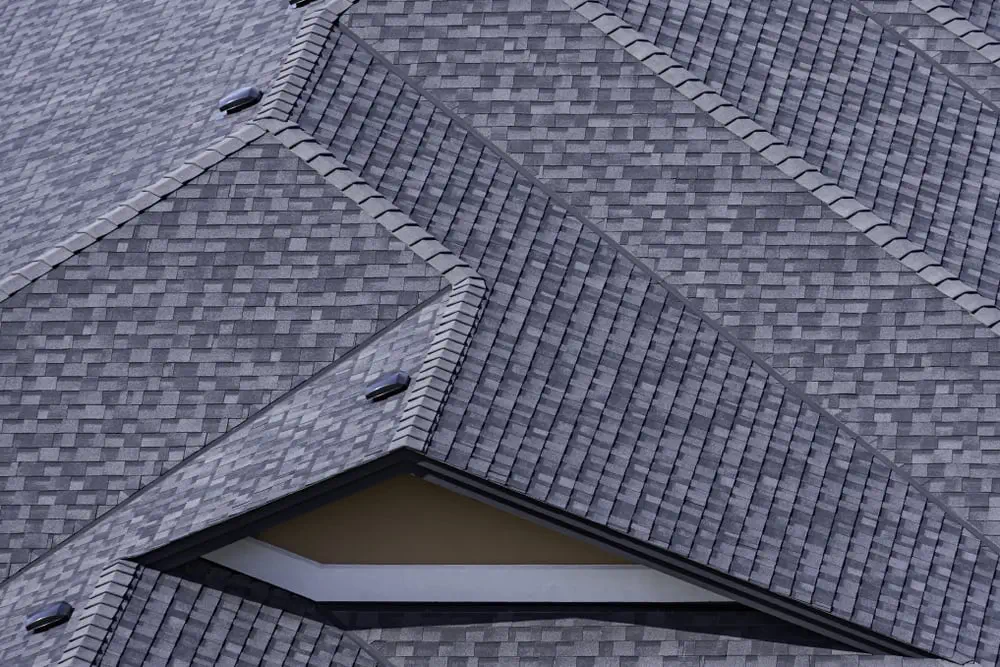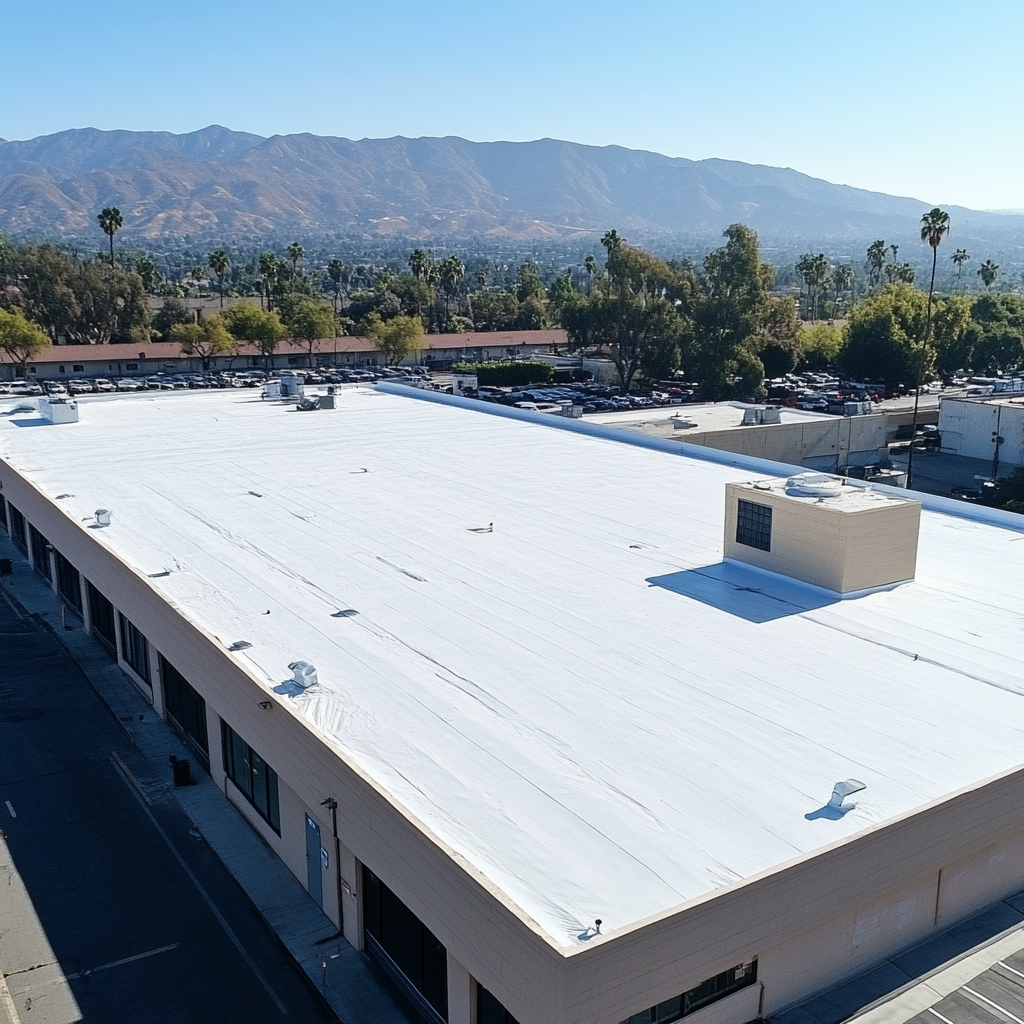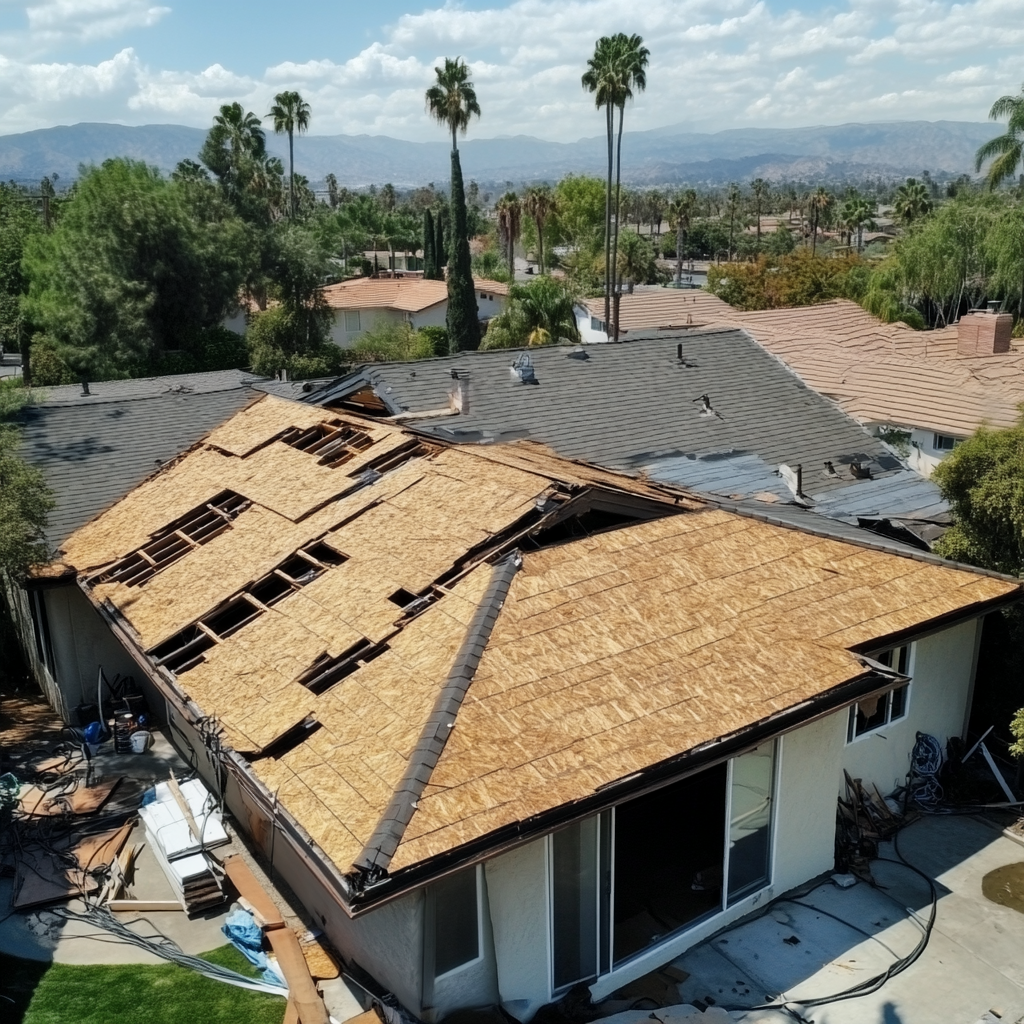
Every year, California homeowners brace for fire season—and every year, the threat seems to grow. With wildfires becoming more frequent, fast-moving, and destructive, homeowners in brush-adjacent or high-risk zones must take extra precautions. One of the most vulnerable and overlooked areas of a home during a wildfire? The roof.
Your roof is the first line of defense against wind-blown embers—the tiny but deadly sparks that account for up to 90% of home ignitions during wildfires. So the question is: Is your home ember-resistant?
In this guide, we’ll explore how the right roofing materials, construction details, and routine maintenance can make all the difference during fire season.
Why Ember Resistance Matters
Wildfires don’t need to directly reach your home to cause devastation. Ember storms—caused when winds blow burning debris ahead of the fire line—can travel miles and ignite structures without warning. Roofs, especially older or combustible ones, are prime ignition points. Once embers land in a vulnerable area like roof valleys, edges, or gutters filled with debris, a home can be engulfed within minutes.
That’s why fire resistance isn’t just about fireproofing your property—it’s about proactively hardening your roof against embers before a fire ever reaches your neighborhood.
Roofing Materials Ranked by Fire Resistance
Not all roofing systems are created equal. California building codes require roofing in high fire-risk zones to be Class A fire-rated, which means the material offers the highest level of fire resistance. Here’s a breakdown of common materials and how they stack up:
1. Asphalt Shingles (Class A)
High-quality asphalt shingles treated with fire-resistant chemicals can meet Class A standards. However, installation matters—gaps or poor ventilation can make even fire-rated shingles vulnerable.
2. Clay or Concrete Tile (Class A)
Tile roofs are excellent for fire-prone areas due to their natural fire resistance. But it’s essential to seal gaps between tiles, as embers can get underneath and ignite the underlayment.
3. Metal Roofing (Class A)
Metal roofs are non-combustible and resistant to embers, sparks, and extreme heat. Standing seam metal roofs, in particular, offer sleek lines with fewer places for embers to collect.
4. Wood Shake (Class B or C)
Even when treated with fire retardants, wood shake is not recommended for fire-prone areas. Many insurance providers won’t cover homes with wood shake roofs anymore.
5. Composite or Synthetic Roofing (Varies)
Some synthetic options are Class A rated and designed to mimic the look of wood or tile while offering better fire protection. Always check manufacturer ratings.
Roofing Design Considerations That Reduce Fire Risk
Fire resistance isn’t just about the materials—it’s also about how your roof is constructed and maintained. Here are key design features that help reduce your home’s vulnerability:
1. Closed Eaves
Open eaves and overhangs can allow embers to lodge inside and ignite the attic. Consider soffit enclosures with vents that meet WUI (Wildland Urban Interface) standards.
2. Fire-Rated Underlayment
Installing a fire-resistant barrier beneath your shingles or tiles can add critical protection if embers do breach the outer layer.
3. Metal Flashing & Edge Sealing
Metal flashing around roof penetrations, valleys, and at edges helps prevent embers from slipping underneath and starting a fire.
4. Gutter Guards
Gutters filled with dry leaves and pine needles are an ember magnet. Install metal gutter guards and clean them regularly.
Maintenance Tips to Keep Your Roof Ember-Resistant
Even the best fire-rated roof can fail if it’s not properly maintained. Fire season preparation should be a routine part of your home care plan, especially if you live near canyons, dry brush, or wooded areas.
Here’s how to keep your roof fire-safe year-round:
- Inspect Annually (or After Windstorms): Look for missing shingles, exposed underlayment, cracked tiles, or debris buildup.
- Clean Debris Off the Roof and Gutters: Leaves, twigs, and needles can ignite easily. Clear these from all roof surfaces, valleys, and gutters.
- Seal Gaps: Check tile roofs for open ends, gaps between ridge tiles, and any other entry points where embers can blow underneath.
- Trim Overhanging Trees: Keep a 10-foot clearance between tree branches and your roof.
- Maintain Vent Covers: Ensure attic and soffit vents are covered with 1/8″ metal mesh to prevent ember intrusion.
What the California Building Code Requires
California has adopted strict codes to reduce fire risk in high-risk zones, especially under the Wildland-Urban Interface (WUI) standards. If you live in a designated WUI zone, your roof must meet Class A fire resistance.
If you’re unsure whether your property falls within one of these zones, you can check through CAL FIRE’s interactive map or consult with a local roofing professional familiar with fire codes.
Insurance Implications of a Non-Fire-Rated Roof
As wildfire threats grow, insurance companies are taking a much harder stance on fire mitigation. If your roof is outdated, non-compliant, or poorly maintained, you may face:
- Policy cancellation
- Refusal to renew
- Increased premiums
- Limitations on wildfire damage claims
Replacing your roof with a fire-resistant option can improve insurability and even qualify you for discounts on your homeowner’s policy.
Upgrade Before It’s Urgent
Waiting until fire season—or worse, until after a fire—to address roofing vulnerabilities is a risk no California homeowner can afford. The good news is that replacing or upgrading your roof doesn’t just increase fire resistance—it can improve energy efficiency, curb appeal, and property value too.
At Foothill Roofing, we specialize in fire-rated roofing systems built for Southern California’s climate. Whether you’re in the LA foothills, San Gabriel Valley, or another brush-adjacent area, our team can recommend the best materials, update your ventilation system, and help you meet or exceed local codes.
Final Thoughts: Prepare Now, Stay Protected Later
The threat of wildfire is real—and growing. But by making your roof ember-resistant with fire-rated materials, secure construction, and consistent maintenance, you can significantly increase your home’s chances of surviving a wildfire.
Don’t wait until a fire is nearby to take action. Let the team at Foothill Roofing help you fortify your home and gain peace of mind—because when fire season comes, every detail matters.



